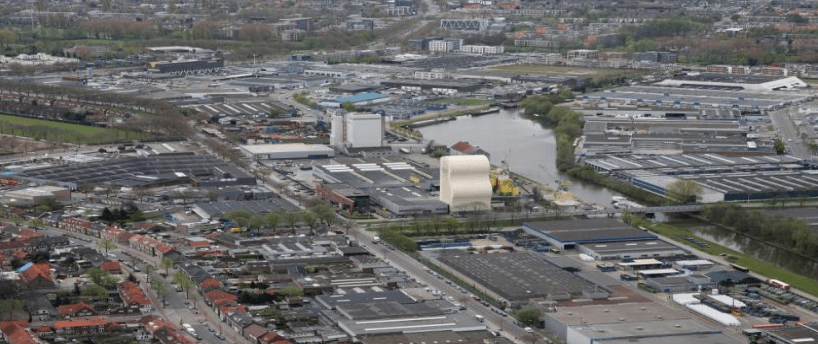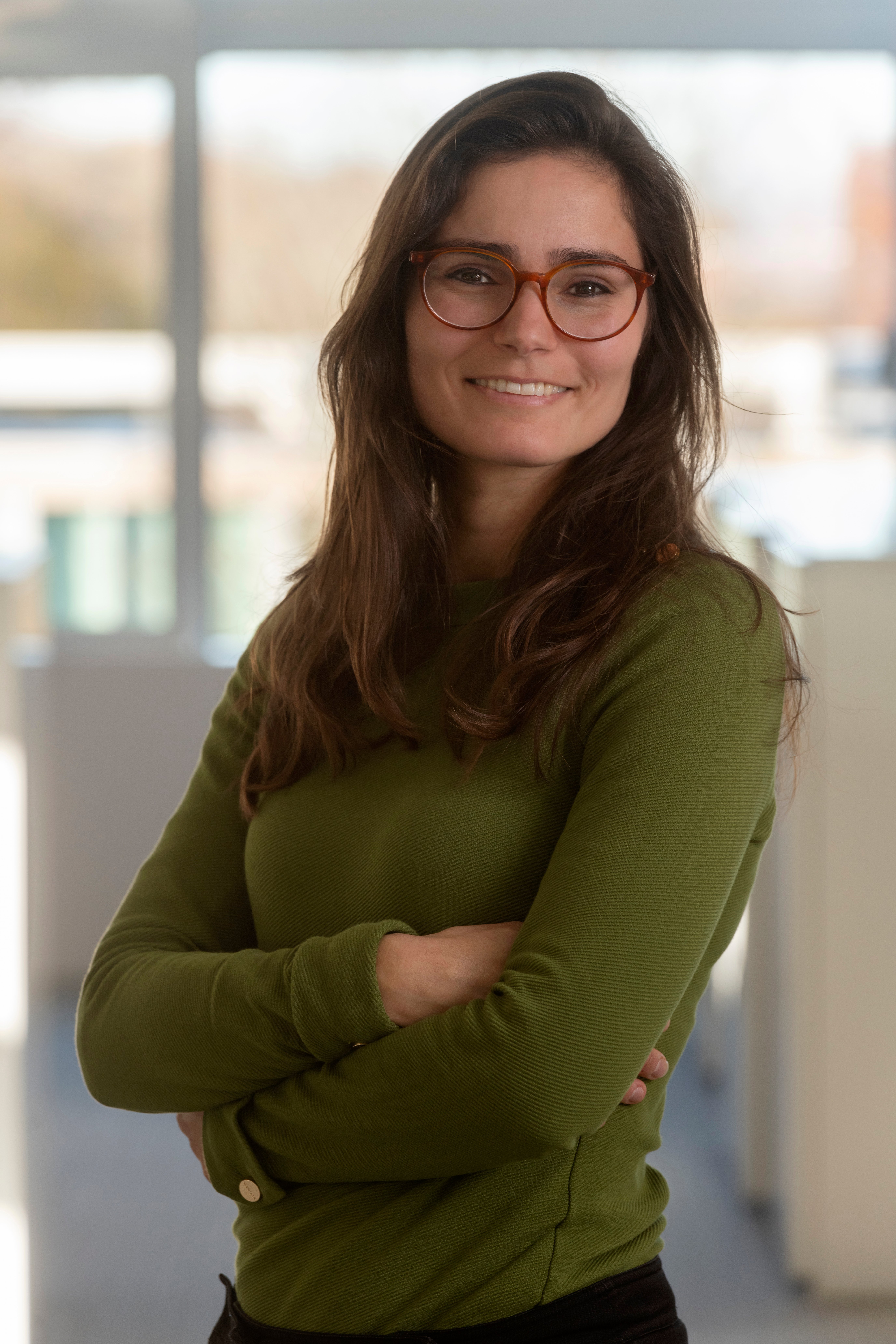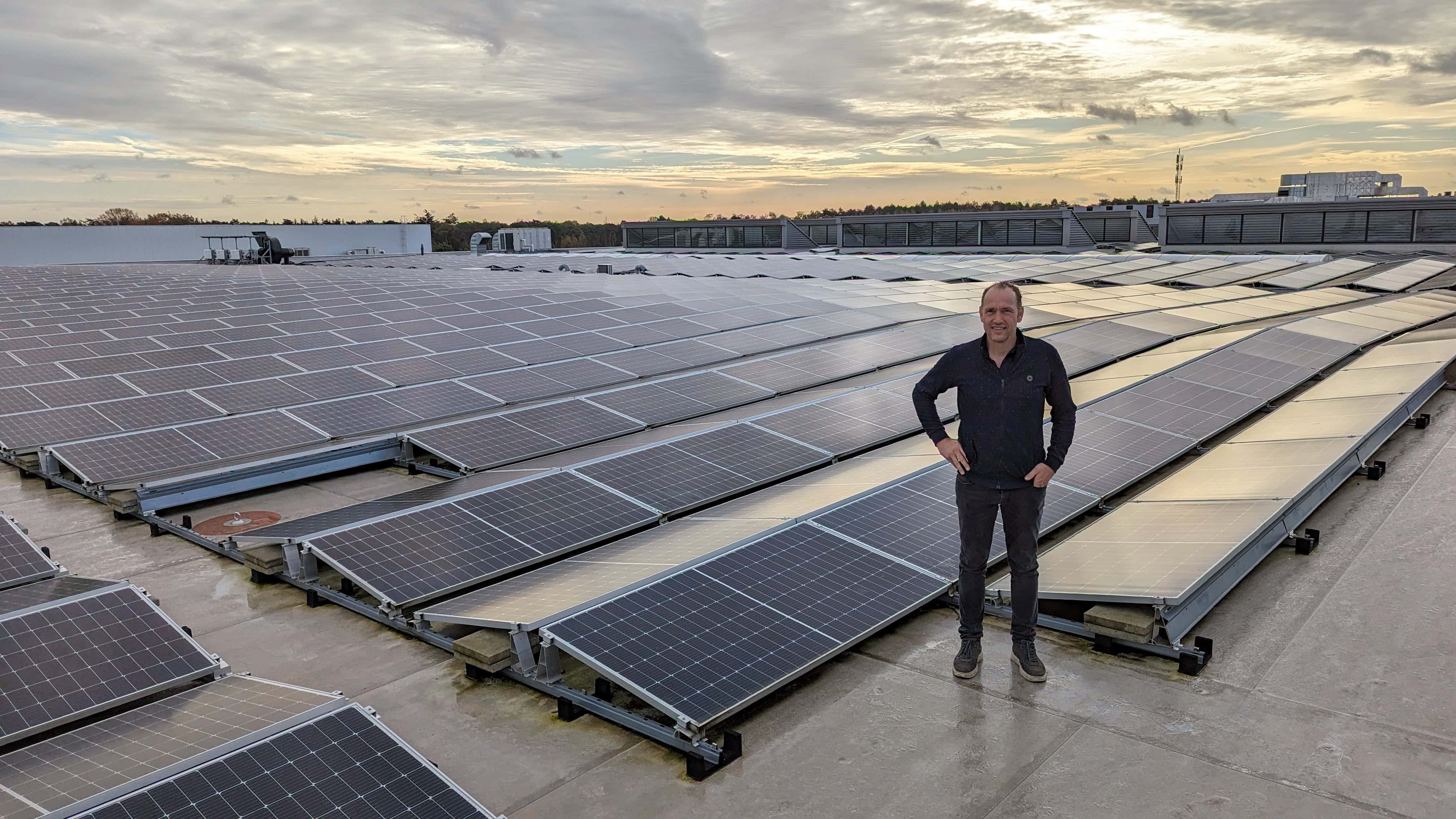
VNO-NCW Co-creation, an initiative from VNO-NCW Brabant Zeeland, works with companies and governments to achieve a sustainable economy in business parks. On behalf of this organization, Geri Wijnen is active at the De Hurk business park in Eindhoven. Together with Stichting De Hurk Werkt (Ondernemerskontakt De Hurk and Bedrijven Investerings Zone De Hurk), the Municipality of Eindhoven and the Province of Noord-Brabant, she is currently focusing on the development of a local energy hub. Brainport Development is also actively supporting the project. The initiative is part of the provincial ‘Great Harvest ‘ program. In addition to energy, themes such as greening, smart mobility, and circular economy are part of the program.
Why you need to know
Grid congestion – lack of space on the electricity grid – is a growing problem, especially for scaling businesses. At Business Park De Hurk in Eindhoven, the entrepreneurs are trying to find a way out of this deadlock. This article is part of a series on grid congestion and local energy hubs.
Geri Wijnen has a background in real estate development and spatial planning. She raised her hand when, from her role as regional manager at VNO-NCW Brabant-Zeeland, she saw that VNO-NCW Co-creation was gaining momentum. “There is a lot of collaboration involved in making business parks more sustainable, and because I have experience with both government and business, I understand how to bring those parties together. That is also the strength of our organization.”

But where do you start on a business park with 500 property owners, 600 real estate properties, and over 1,200 Chamber of Commerce registrations? “Well, it was soon clear that we could not immediately sit down with all stakeholders. So we started having conversations with about 30 companies that had either already taken some steps in the area of sustainability or were involved in other ways or were in great need of solutions. From there, we continued to build. We are now already working with a group of over 100 involved businesses and property owners.”
Plan of Action
From the initial discussions with businesses, and together with the municipality and Province, a Plan of Action emerged, from which it was immediately clear that not only was there a lot of work to be done, but also a lot of money would be needed. “We saw the magnitude of the task ahead of us and immediately realized that this could not be realized with only the contributions from municipality and province. Then, the initiative was taken from OK De Hurk to start a business investment zone, a BIZ. That was a great success, but at the same time, it was also the cause of big expectations because entrepreneurs are naturally impatient, especially when talks have been going on for so long already.”
The Action Plan provided input for two lines of work as far as the energy theme is concerned: “On the one hand, it focuses on what you can do within your own business to save energy. On the other hand, we look at collective opportunities directly linked to the urgent situation of grid congestion. And that’s where we started taking the first steps.”

While everyone has an idea of what such an energy hub might look like, especially in relation to the much-desired solution for the power grid, its realization is one of the long haul. “Initially, it was a matter of getting all the interested stakeholders around the table and listing the desired steps together. We started doing that a year ago.” The next concrete agreement was to start sharing energy data with the group of frontrunners and to bring in a technical party to find out which solutions could be realized at De Hurk. “We started to collect authorization forms for this energy data ourselves and, after a call-out, engaged Spectral as our technical party. Then, we were able to request the grid topology from Enexis, which gives insight into the position of the middle stations and how companies are connected to them.”
The willingness to cooperate
“We are now in the completion phase of that process. An important consideration now is the delineation of the starting cluster and how we will scale up after that. The first companies must be connected to the same mid-station and be complementary in terms of energy profile. Then we have to figure out if those companies still want to participate. The front-runner group we are already talking to, of course, is not all connected to one and the station, unfortunately.”
Against that complex background, Wijnen is enormously pleased with the willingness to cooperate with all the organizations involved. “That is crucial, especially at this stage. For example, the municipality provides us with people from the Sustainable Industry and Business group, which really makes a difference for us. Also, the contribution of Brainport Development is very welcome, at the start and now.”
Barriers
There are, certainly because the necessary legislation is still in the making and experience with local energy hubs is limited, still many thresholds to overcome. Regulations, availability of data (also in relation to the GDPR), a good business case with the right financial incentives, the necessary governance, and the diversity of size, pace, and urgency within the companies: how do you deal with all that? Recognizing the potential barriers, Wijnen fully focuses on the first group of participants. “Of course, we see a lot of different companies with different speeds, especially if you look at the total of all the companies at De Hurk. That is precisely why it is important to be able to show something that works, even if it is relatively limited in size. So that, from there, we can scale up further, and other companies can see and join.”

Commitment
Wijnen is convinced that those hurdles can be taken and the frontrunners can get started quickly. “Then it comes down to the commitment of the participants to take the step towards realization. It is important to clear the legal path for group contracts, which is now being worked on nationally. We cherish the good cooperation that exists now.”
Wijnen feels De Hurk can be an example for other business parks. She warns them to get to work on this theme quickly, especially now that so many parties are stuck with their electrification because of grid congestion and, at the same time, still have so much unused space for solar on their roofs. “It is quite a process to realize a solution together. Before you get to the point where you can sign a contract, it can take more than a year. And if you don’t start now, you will soon find yourself in the next queue because it will only become busier on this playing field in the coming years. The importance of a professional organization in the form of park management, including financial resources and good cooperation with the municipality, can never be underestimated.”

